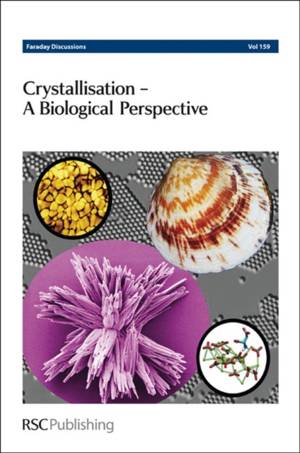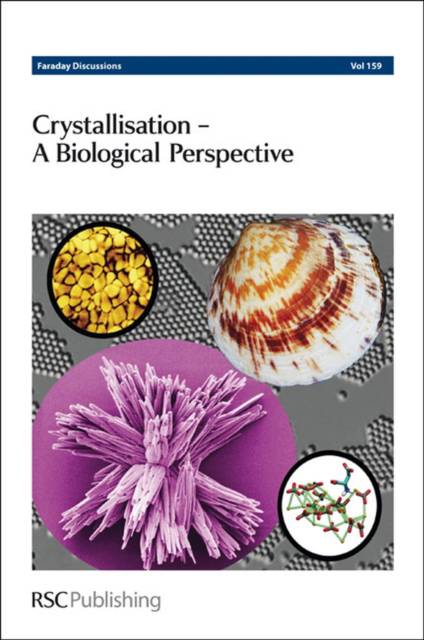
- Retrait gratuit dans votre magasin Club
- 7.000.000 titres dans notre catalogue
- Payer en toute sécurité
- Toujours un magasin près de chez vous
- Retrait gratuit dans votre magasin Club
- 7.000.0000 titres dans notre catalogue
- Payer en toute sécurité
- Toujours un magasin près de chez vous
Description
The last ten years have seen a revolution in our understanding of the mechanisms of biological crystal growth. While it had long been assumed that crystallisation would occur by the same classical mechanisms which form the basis for most descriptions of crystallisation processes, it is now becoming apparent that this is not the case. There are a number of key observations which have changed our view of crystallisation mechanisms. While it had long been assumed that crystalline biominerals typically form by ion-by-ion growth, it is now recognised that they often precipitate via amorphous precursor phases. This is well established for calcium carbonate and there is growing evidence that biogenic crystalline calcium phosphate phases may form via an analogous route. Recent re-examination of the structure of many calcium carbonate biominerals is also suggesting that "non-classical" crystallisation pathways, where crystals grow from the assembly of precursor particles, may also be widespread. Significantly, these mechanisms are not unique to the biological world. Possibly partly inspired by the identification of these biogenic mineralisation strategies, there is currently great interest from the general crystal growth community in these new and controversial ideas. A number of studies on crystal nucleation have recently re-examined classical nucleation theory, and the observation of pre-nucleation clusters is a recurrent theme of great interest. This controversial result apparently contradicts classical nucleation theory which leads the subject of crystal nucleation and growth via assembly to demand attention. The Scientific Committee warmly invites you to take part in this thought-provoking Discussion and looks forward to welcoming you to Leeds.
Spécifications
Parties prenantes
- Editeur:
Contenu
- Nombre de pages :
- 538
- Langue:
- Anglais
- Collection :
- Tome:
- n° 159
Caractéristiques
- EAN:
- 9781849734509
- Date de parution :
- 30-11-12
- Format:
- Livre relié
- Format numérique:
- Ongenaaid / garenloos gebonden
- Dimensions :
- 163 mm x 237 mm
- Poids :
- 929 g

Les avis
Nous publions uniquement les avis qui respectent les conditions requises. Consultez nos conditions pour les avis.





